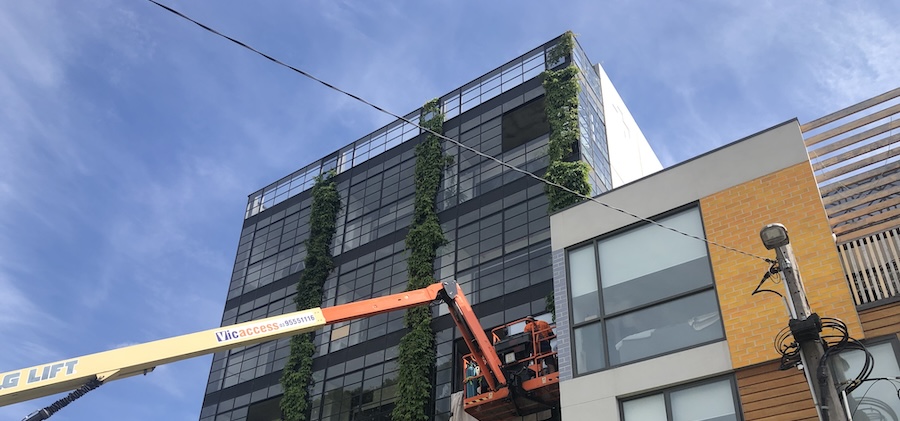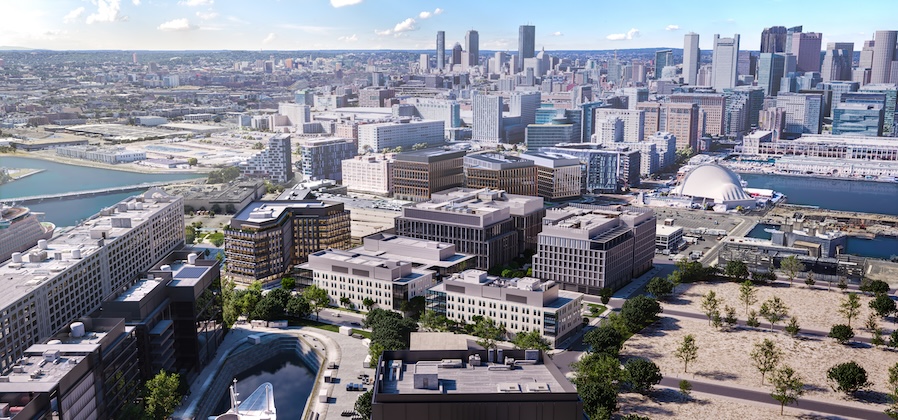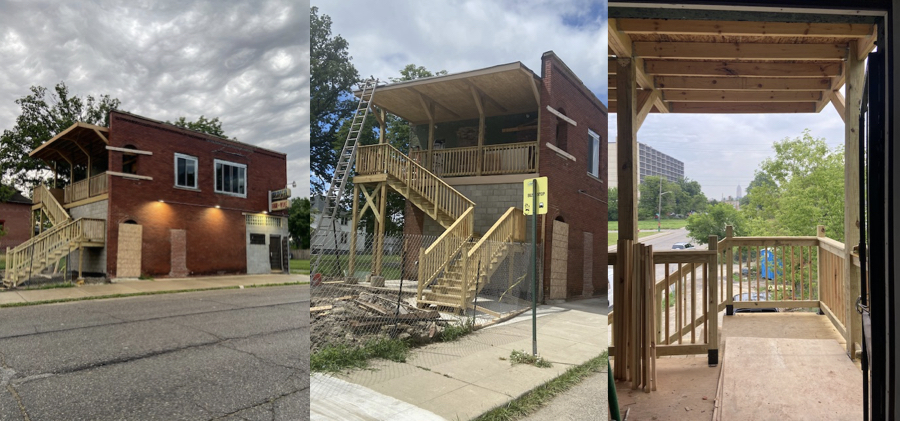
The opera and apple strudel are the hottest tickets in Vienna these days, right?
Wrong! US natives are invading the Austrian capital to take a look at their social housing projects. Hordes of politicians, housing advocates and journalists tromping the cobblestones, trying to understand how housing can be more than just a profit center, and probably eating a little apple strudel on the side. It’s part of the culture.
What’s special about these housing projects? Through cross-subsidization they offer high-quality housing to everyone. Rent is based on income with high income earners subsidizing low income earners. Rent can be as low as 4% of income.
Equal opportunity for everyone.
Fast Company asks, “Will the U.S. ever embrace social housing?” And we wonder too. The housing market is driven by profit here. What happens when non-profit projects really start to compete?




